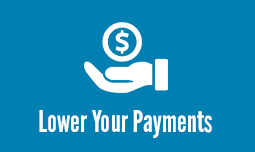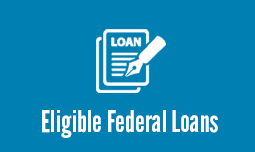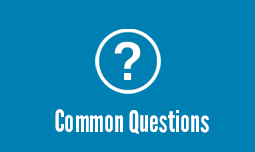What are some of the eligibility requirements for the Public Service Loan Forgiveness Program?
1. The borrower must be a full-time employee within the public sector
2. There are certain repayment conditions that apply when making the required 120 monthly loan payments
3. The borrower must not be in default on the loans in question
4. At the time the borrower applies for loan forgiveness; and
5. At the time the remaining loan balance will be forgiven on the eligible loans
What are the specific loan repayment requirements?
1. Beginning after Oct. 1st 2007, the borrower must have made 120 separate monthly payments
2. Payments made before Oct. 1st 2007 will not count towards this requirement
3. Each Payment must be made for the full scheduled payment amount and be within 15 days of the due date
4. Each of the 120 payments must fall under on the Department of Education Repayment Programs, which includes Income Contingent Repayment Plan or ICR, Income Based Repayment Plan or IBR, or the Pay As You Earn or PAYE plan
5. Student loans that are not eligible are parent Direct PLUS Loan borrowers and FFEL Loan borrowers
Under this program, what types of public service jobs will qualify a borrower for loan forgiveness?
The borrower will need to be employed on a full-time basis by a public service organization, or can be serving full-time in the Peace Corps or AmeriCorps. Public Service Organization can be:
1. Any local, state, or federal governmental organization, any agency, or any entity. This includes public schools, public colleges, and universities
2. Public family or child service agency
3. Military
4. Law Enforcement
5. Public Service for those with disabilities and elderly
6. Emergency Management
7. Public Safety
8. Public Interest Law Services
9. Early Childhood Education including licensed or regulated health care, state funded pre-kindergarten, or Head Start programs.
10. Public Education
11. Public Health Nurses, Nurse Practitioners, Clinical Setting Nurses, and any other full-time health care practitioners.
12. Public or School Library Services
13. A non-profit organization under section 501(c) (3) of the Internal Revenue Code that is tax exempt under section 501(a) of the Internal Revenue Code. This includes most not-for-profit private schools, universities, and colleges; Tribal colleges and universities. It could also include other private not-for-profit business, a partisan political organization, a labor union, or an organization engaged in a variety in religious activities.







